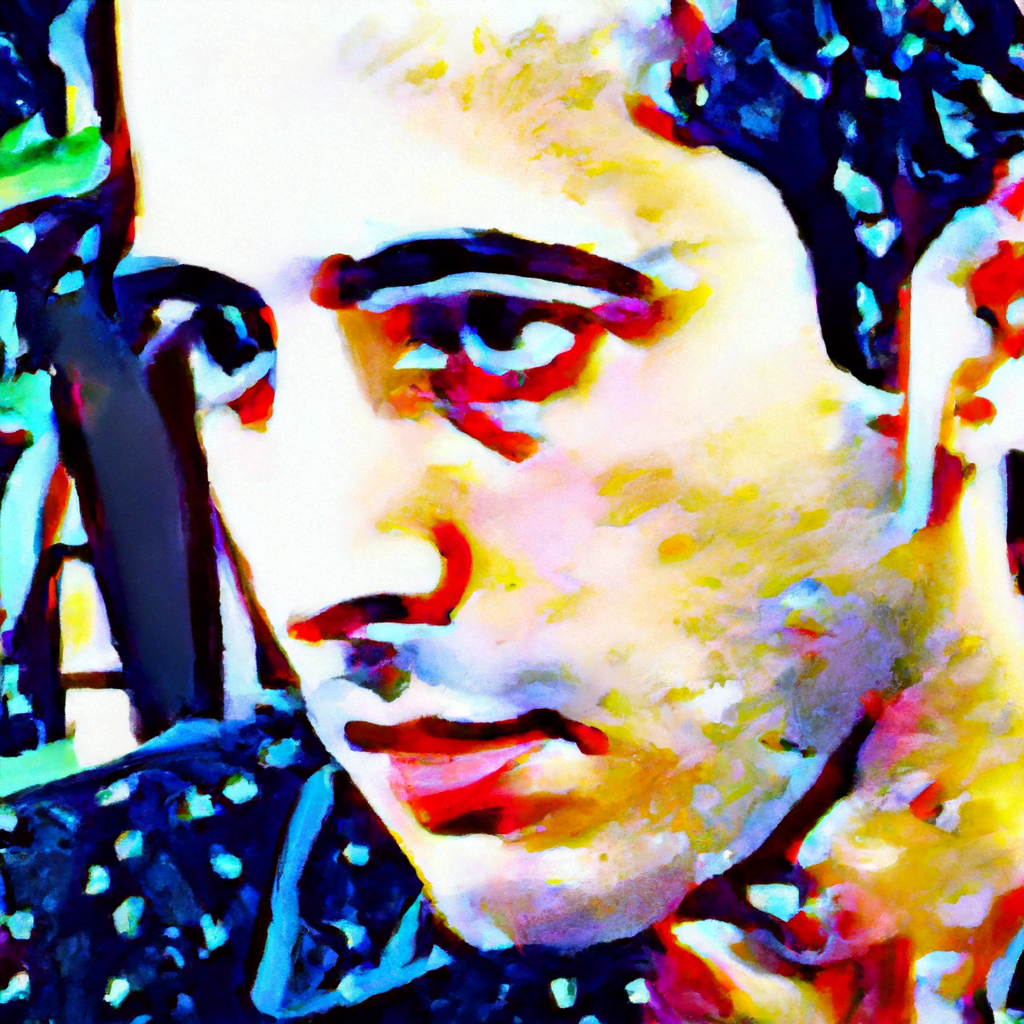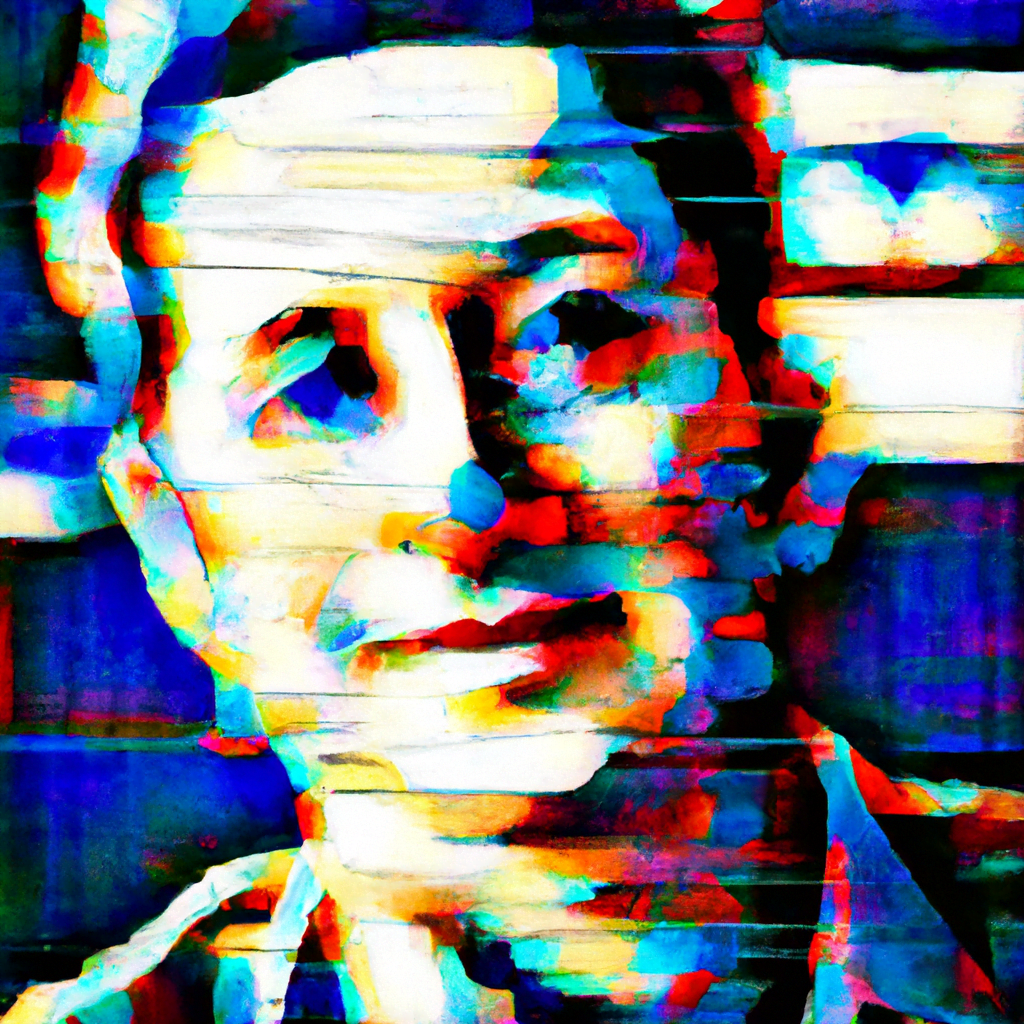
Neural Style Transfer: Creating Unique Visual Styles with AI

Artificial Intelligence (AI) has revolutionized various industries, and the field of visual arts is no exception. One fascinating application of AI in the art world is neural style transfer, a technique that allows us to create unique visual styles by combining the content of one image with the style of another. This article explores the concept of neural style transfer, its underlying technology, and its potential applications.
Understanding Neural Style Transfer
Neural style transfer is a technique that uses deep neural networks to apply the style of one image to the content of another. It was first introduced by Gatys et al. in 2015, and since then, it has gained significant attention in both the AI and art communities.
The process of neural style transfer involves two main components:
- Content Image: The content image is the base image on which we want to apply a new visual style.
- Style Image: The style image is the image from which we want to extract the artistic style.
The goal is to generate a new image that preserves the content of the content image while adopting the style of the style image. This is achieved by optimizing a loss function that balances the content and style representations.
The Technology Behind Neural Style Transfer
Neural style transfer relies on deep neural networks, particularly convolutional neural networks (CNNs). CNNs are a type of AI model that excel at image recognition tasks. They are composed of multiple layers, each responsible for extracting different features from an image.
In the context of neural style transfer, the CNN is split into two parts:
- Content Layers: These layers capture the high-level content information of an image. They focus on objects, shapes, and overall structure.
- Style Layers: These layers capture the low-level style information of an image. They focus on textures, colors, and patterns.
By passing the content image and style image through the CNN, we can extract the content and style representations from the respective layers. The content representation is obtained by comparing the activations of the content layers, while the style representation is obtained by comparing the activations of the style layers.
Once we have the content and style representations, we can generate a new image that combines the content of the content image with the style of the style image. This is done by iteratively adjusting the pixel values of a randomly initialized image to minimize the loss function, which measures the difference between the generated image and the desired content and style representations.
Applications of Neural Style Transfer
Neural style transfer has a wide range of applications, both in the art world and beyond. Here are a few notable examples:
Artistic Expression
Neural style transfer allows artists to explore new visual styles and create unique artworks. By combining the content of their own photographs or paintings with the style of famous artists, they can produce captivating and original pieces.
Visual Effects in Movies and Games
Neural style transfer can be used to apply artistic styles to movie scenes or game environments, adding a distinct visual flair. This technique has the potential to enhance the overall aesthetics and create immersive experiences for viewers and players.
Photography Enhancement
Neural style transfer can be used to enhance photographs by applying the style of professional photographers or iconic images. This can help amateur photographers achieve professional-looking results and add a unique touch to their work.
Brand Identity and Marketing
Neural style transfer can be utilized in branding and marketing to create visually appealing and memorable designs. By applying the style of a brand’s visual identity to various elements, such as logos, advertisements, and packaging, companies can establish a consistent and recognizable brand image.
Conclusion
Neural style transfer is a powerful technique that combines the content of one image with the style of another, creating unique visual styles with the help of AI. By leveraging deep neural networks, neural style transfer has found applications in artistic expression, visual effects, photography enhancement, and brand identity. As AI continues to advance, we can expect neural style transfer to become even more sophisticated and widely adopted in various creative fields.
